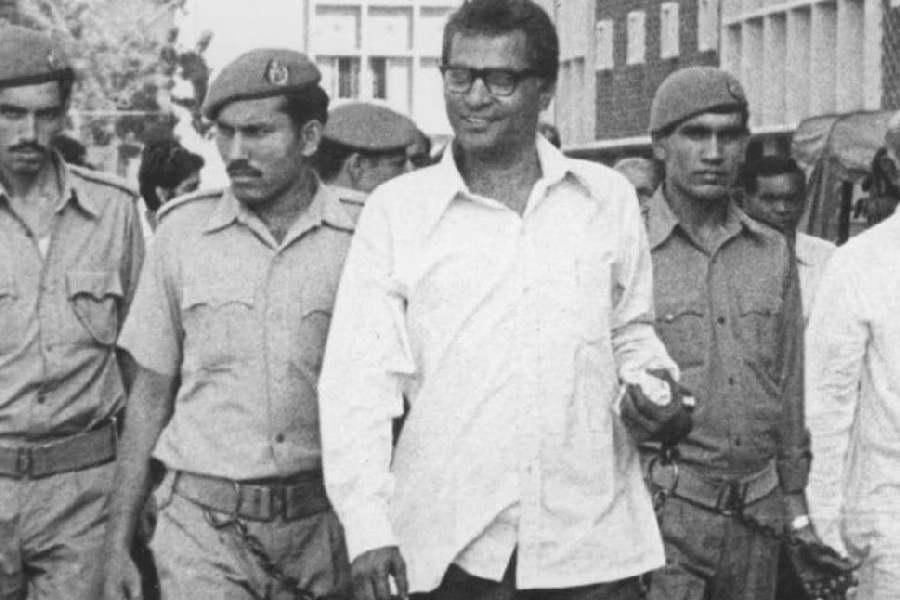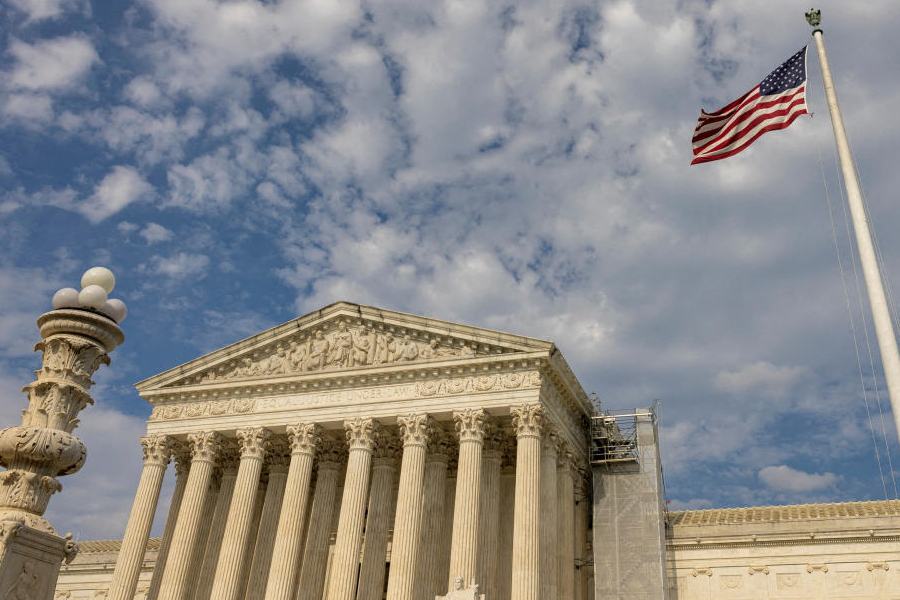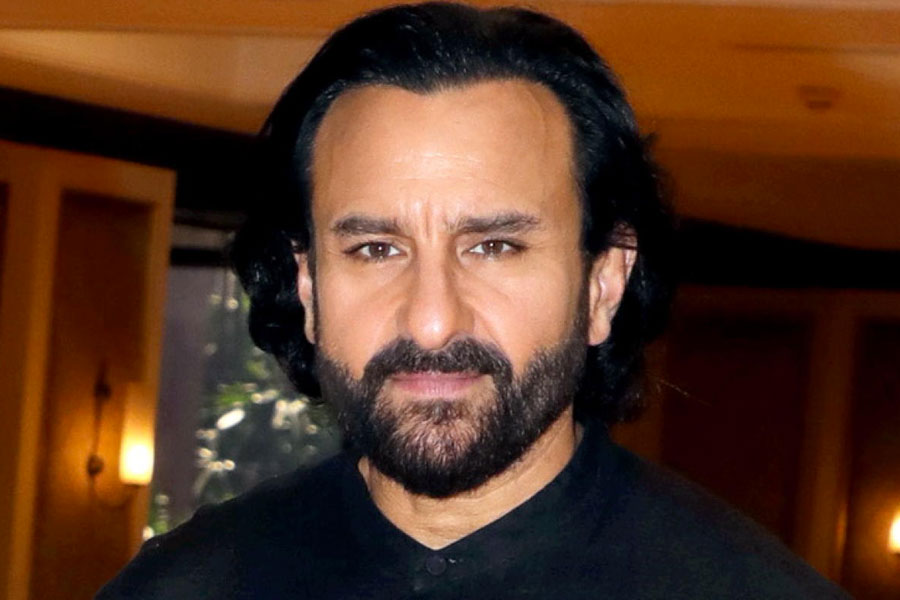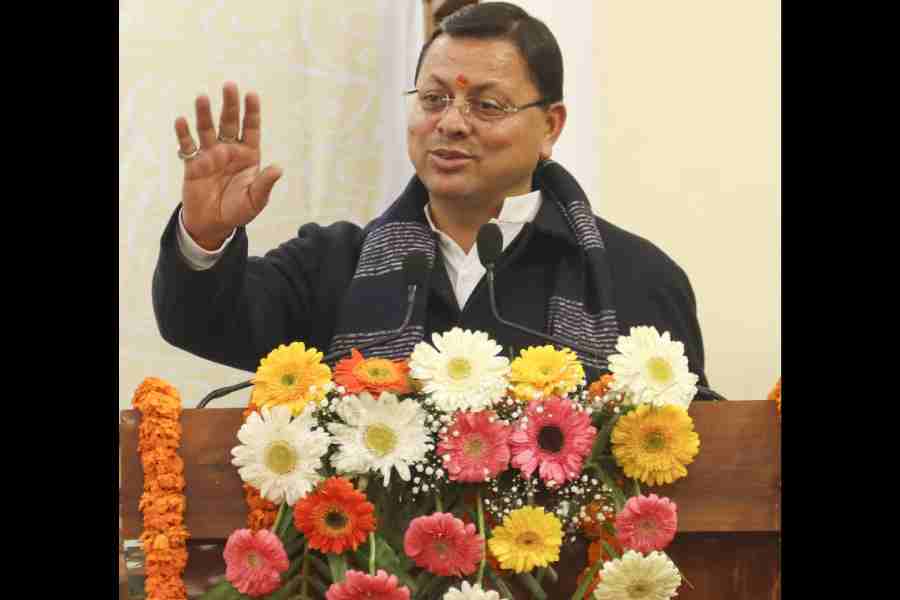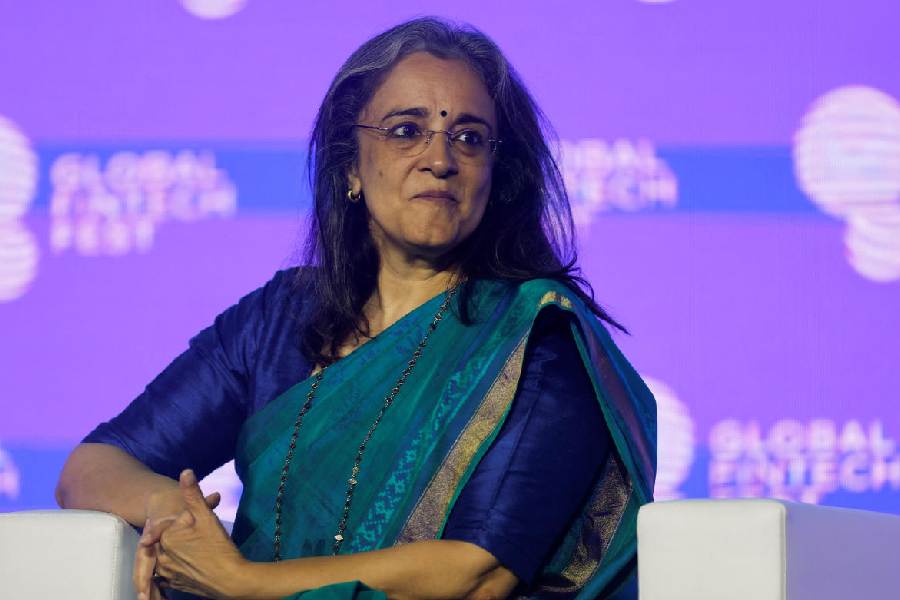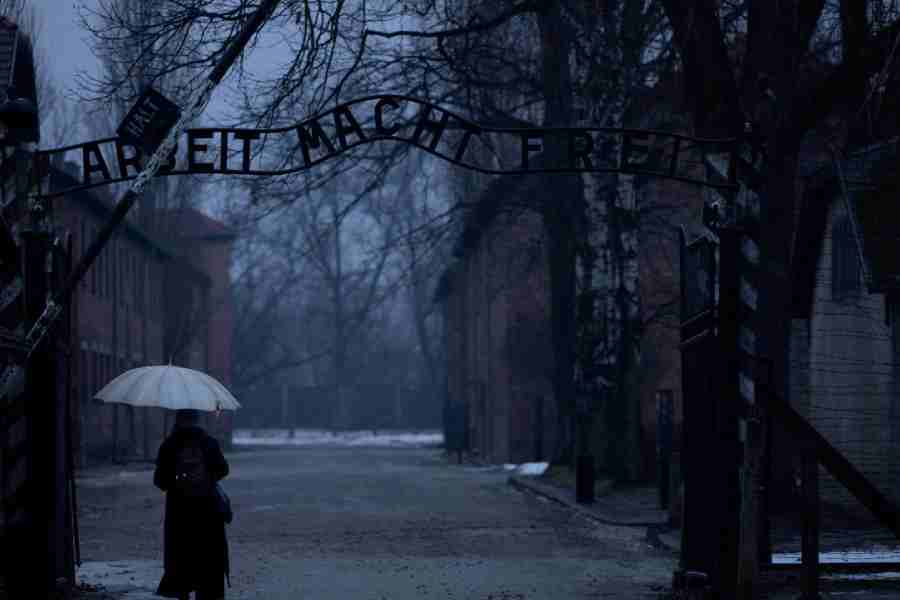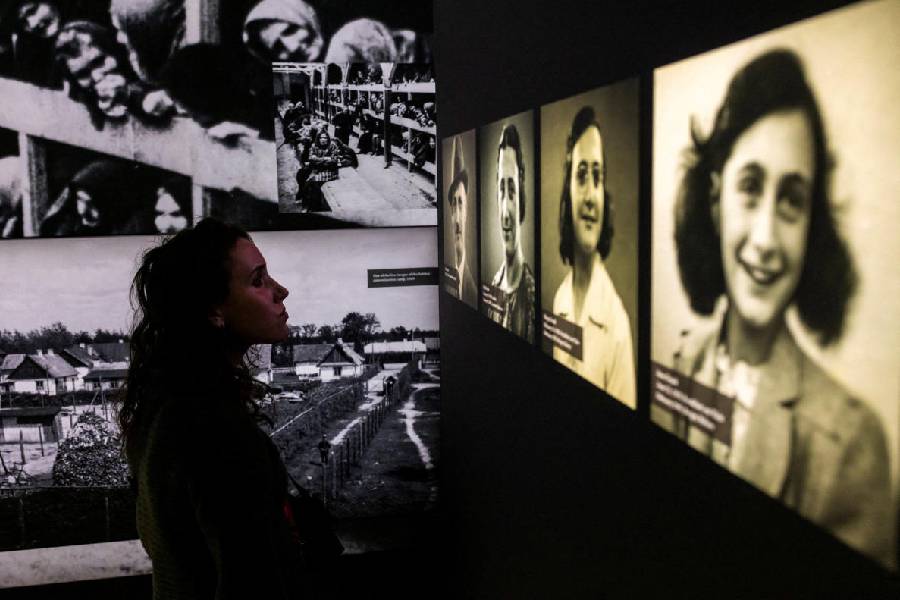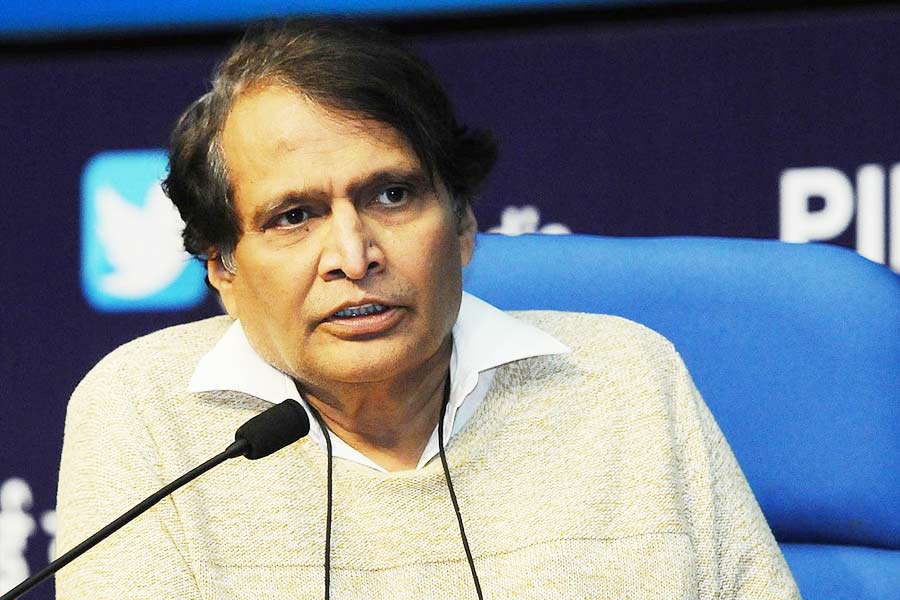On the morning of May 8, 1974, India woke up paralysed. The all-India railway strike had begun. The 20-day strike by the All India Railwaymen's Federation saw over 15 lakh railway workers and employees demanding an eight-hour working day — rail crew typically worked for many days at a stretch. The striking workers also expressed dissatisfaction over the Third Pay Commission and demanded a higher pay scale. The scale of the strike, be it the mass participation or the brutal government retaliation, was unprecedented.
From the opening years of the 20th century, railway strikes gained currency as a popular way of registering dissent against the State. The first such major strike was in May 1921, by employees of the Assam-Bengal Railways. The issue at hand was not the economic demands of rail workers. Instead, rail employees protested against the inhuman treatment of tea plantation labourers in Assam’s Chandpur by the British government. The living and working conditions of the labourers from the Chota Nagpur plateau were deplorable; they were also sexually exploited. This strike is remembered as the first mass “sympathetic strike” in India. On May 28, in a mass meeting at Chittagong — which was part of undivided Bengal — wives of railway workers took off their ornaments and donated them to fund the strike.
The British government tackled the situation by deploying the Gurkha regiment.
The strike lost momentum after the first month, but it brought labour issues to the forefront of the legislative assembly. And the press coverage pushed the government to set up labour enquiry commissions and pass remedial laws. Despite being inadequate, these legal sanctions were a symbolic victory of working-class unity.
The surge in labour consciousness in the post-World War I years led to sporadic strikes at railway workshops between 1922 and 1926. In 1927 there was a strike at the railway junction of Kharagpur. It was the culmination of a long-drawn struggle of workers of the Bengal-Nagpur Railways, a private British company with 75 per cent government ownership. On the morning of February 11, dissatisfaction peaked when 11,000 loco workers or rail crew stopped work. They were protesting the chief engineer’s decision to transfer several of them. The strike spread like wildfire across other departments. This time too, by way of engagement, the authorities deployed the Railway Auxiliary Force. And at night, the force opened fire without any prior warning.
More than 40 workers were seriously injured. From the floor of the assembly to newspaper editorials, the assault on unarmed workers elicited strong criticism of the government. Remember, Jallianwala Bagh had happened eight years ago and the parallels were obvious. Eventually, railway workers at Shalimar, Tatanagar and Bhadrak joined in.
The strike inspired many others, from Madras tramways workers to Kidderpore dock workers, and also caused quite a stir internationally. Monetary assistance poured in from Workers International Relief, London; International Transport Workers’ Federation, Amsterdam; and other global labour organisations.
That year, while addressing the delegates of the International Labour Organization in Geneva, V.V. Giri — then president of the All India Trade Union Congress or AITUC — spoke about the long working hours, lack of job security, inadequate wages and poor accommodation of the Kharagpur workers.
This is what followed. First, a pro-State union was constituted to jeopardise the workers’ unity and, second, there was large-scale vindictive retrenchment. The militant strikers were replaced with Europeans and Anglo-Indians. On September 18, women workers took to the streets of Kharagpur carrying black flags. That the strike could continue till early December was because of the unwavering support of the AITUC, which ensured a steady flow of money to feed the starving workers.
Ultimately, the authorities had to give in. The terms of the settlement were considered a victory for trade unionism. So far as the retrenched workers were concerned, over 435 cases were to be investigated by an enquiry commission. The workers also secured their lockout period wages. Kharagpur was followed by other major railway strikes such as the Liluah railway workers’ strike of 1928.
Throughout the 1930s and 1940s, the railwaymen struck work to protest the Japanese bombing, the 1943 famine and even the 1946 communal riots in Bengal.
These did not go down well with the British government and a fear of communism shaped labour policies, ultimately influencing the State-labour relationship post-Independence.
The 1974 strike was a reaction countering this oppressive legacy. Despite the ruthless quelling of it, the strike tested the limits of democracy and exposed
its inherent autocratic tendencies. Indira Gandhi won the battle, but 1974 was far from a failure. The Janata government reversed many a regressive policy after its takeover. Above all, 1974 is a timely reminder of how striking has always been crucial to the democratic set-up.
Liberalisation, rapid privatisation and scrapping of pensions in the railway sector have caused considerable working-class anxiety in recent times. As associations and unions rapidly lose their relevance, looking back on the legacy of striking in India helps to restore faith in collective mass action and the resilience of democracy.
The writer is assistant professor of Modern South Asian History at SRM University, Andhra Pradesh

